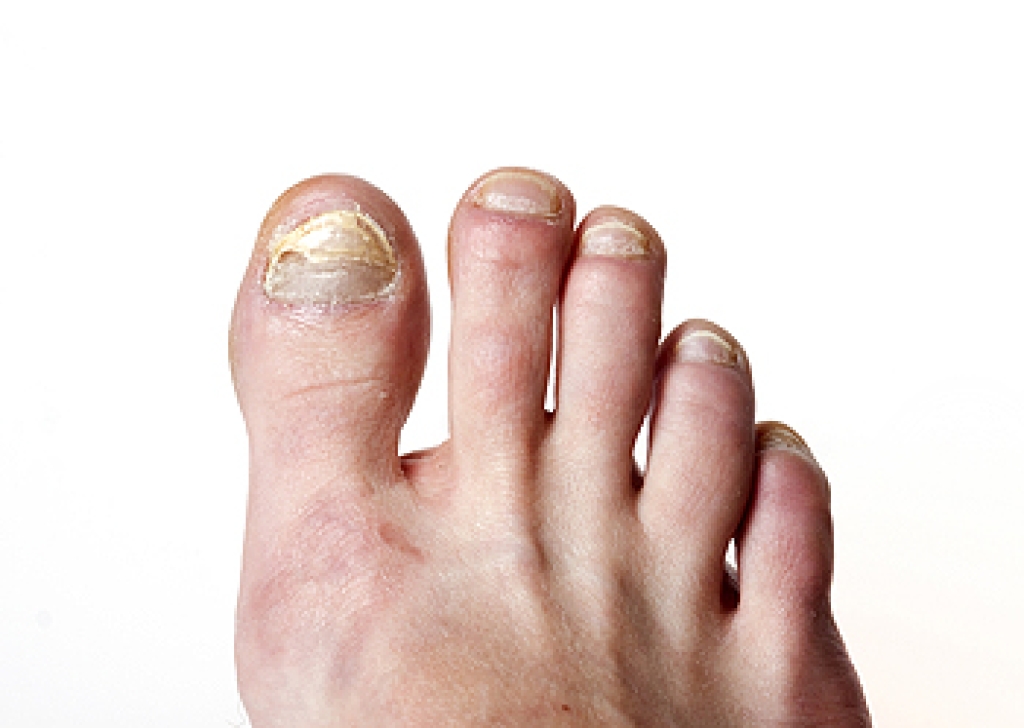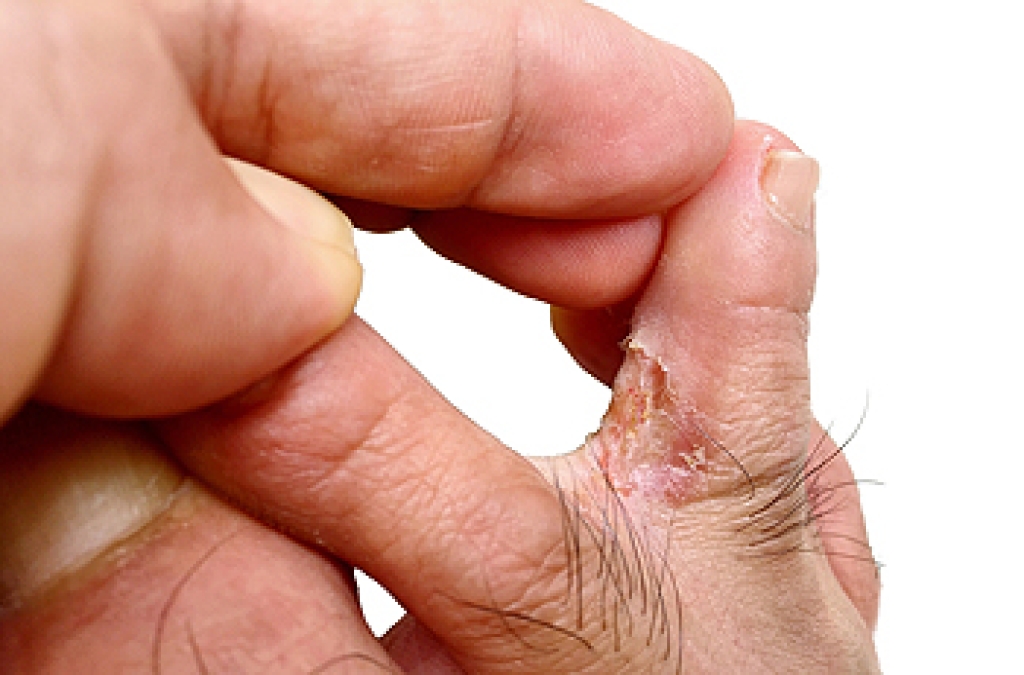
Fungal nail infections, or onychomycosis, often affect the toenails, causing them to become discolored, thickened, brittle, or misshapen. These infections are usually caused by fungi that thrive in warm, moist environments such as locker rooms, public showers, or inside sweaty shoes. They can also develop after a nail injury or if the immune system is compromised. Early symptoms may include white or yellow spots under the nail, changes in nail texture, and a foul odor. As the infection progresses, the nail may become painful, lift from the nail bed, or crumble at the edges. A podiatrist can diagnose the infection through a nail sample and offer a range of treatment options. These may include topical or oral antifungal medications, laser therapy, or, in some cases, removal of the infected nail. They can also help prevent reinfection through hygiene guidance and proper foot care. If you have a fungal nail infection, it is suggested that you schedule an appointment to see a podiatrist.
For more information about treatment, contact one of our podiatrists of Mercer Ocean Podiatry. Our doctor can provide the care you need to keep you pain-free and on your feet.
Toenail Fungus Treatment
Toenail fungus is a condition that affects many people and can be especially hard to get rid of. Fortunately, there are several methods to go about treating and avoiding it.
Antifungals & Deterrence
Oral antifungal medicine has been shown to be effective in many cases. It is important to consult with a podiatrist to determine the proper regiment for you, or potentially explore other options.
Applying foot powder on the feet and shoes helps keep the feet free of moisture and sweat.
Sandals or open toed shoes – Wearing these will allow air movement and help keep feet dry. They also expose your feet to light, which fungus cannot tolerate. Socks with moisture wicking material also help as well.
If you have any questions please feel free to contact our office located in Toms River, NJ . We offer the newest diagnostic tools and technology to treat your foot and ankle needs.




